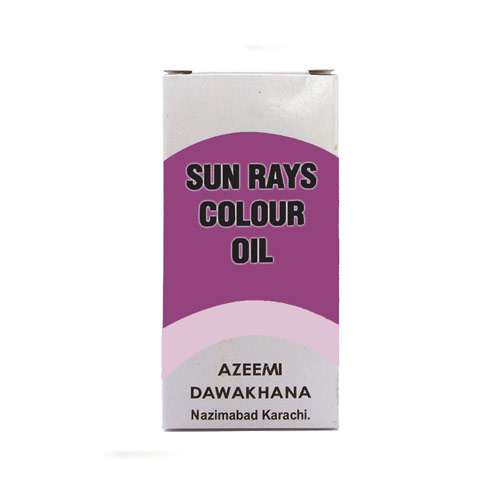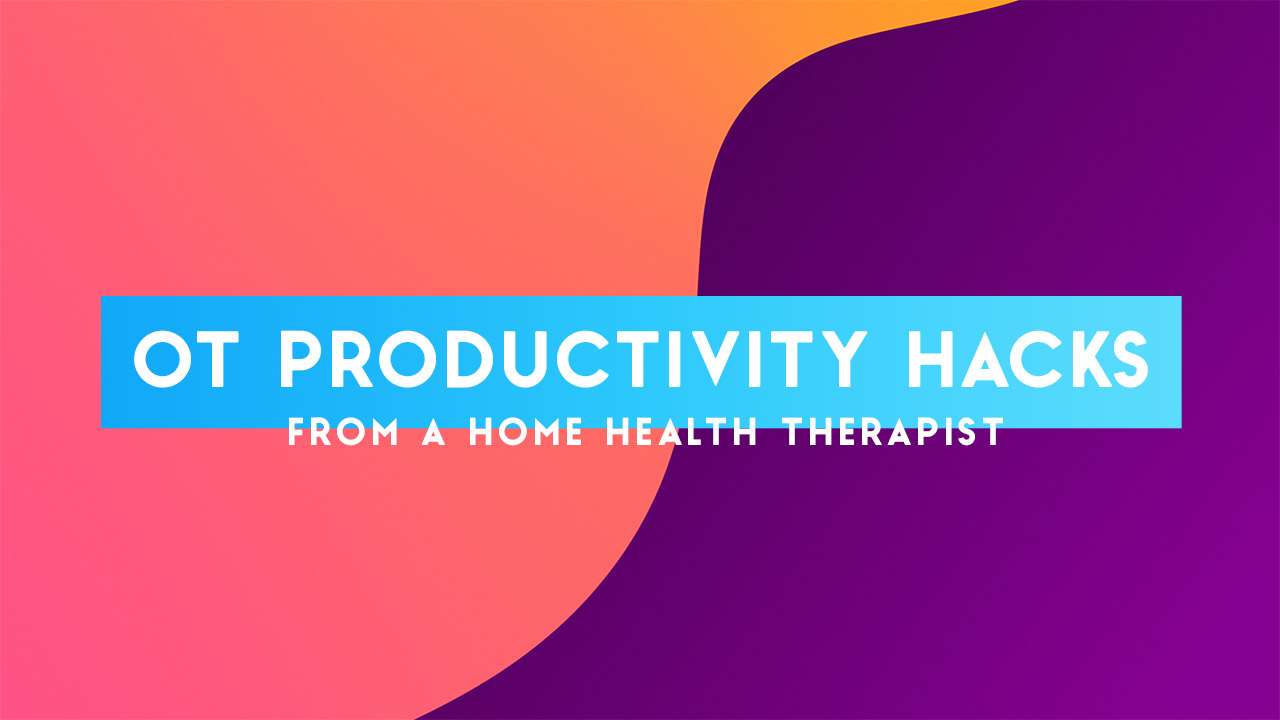As alternative therapies go, color therapy is one that has evolved from an ancient tradition to high-tech treatment. Color therapy, also known as chromotherapy, has existed in some form for thousands of years. Yet, in the 21st century, it’s enjoyed a massive resurgence. Aided by infrared and color emitted saunas, tinted glasses, and the popularity of energy work, color therapy is a central aspect of the health and wellness industry today.
If you’ve never heard about the approach before, color therapy sounds like a far-out New Age treatment. But it’s been around for millennia in some form or other. Since the 1970s, its reentered into therapeutic understandings.
Because of the growing obsession with alternative therapies for the treatment of both mental and physical conditions, aspects of color therapy have found their way into interior design methodologies, classrooms, and talk-therapy sessions.
What is Color Therapy?
Is your inner skeptic initially quite cynical about a therapeutic approach based entirely on light waves? Light waves, visible to the human eye, are still pretty intangible compared with pharmaceutical, talk-therapy sessions, and other conventional interventions. How can something as esoteric as light change your mind, body, and soul?
To understand chromotherapy, you must first understand the science of light. It comes down to wavelengths, frequency, and form. Everything in the universe has vibrational energy. The frequency of that vibration will determine its form. Slow vibrations take on a physical form versus a high frequency, which appears as light. Light, at its essence, is energy.
Each color of light on the visible and invisible spectrum has a unique frequency, wavelength, or measurement of energy. Within the visible spectrum, the human eye translates these wavelengths into the seven colors of the rainbow:
- Green
- Blue
- Indigo
- Red
- Orange
- Yellow
- Violet
Color therapy plays with the idea that these vibrational frequencies of color have an impact on human health and wellness. By directing light-based energy towards the human body, you can influence the function of the body — or so the theory believes.
In a 2005 piece published in Evidence-Based Complementary and Alternative Medicines, authors Samina T. Yousuf Azeemi and S. Mohsin Raza explored chromotherapy through the ages. In their assessment:
“The human body, according to the doctrine of chromotherapy, is basically composed of colors. The body comes into existence from colors, the body is stimulated by colors and colors are responsible for the correct working of various systems that function in the body.” [1]
Energy interacts with every atom in the universe, and light is pure energy. Under these assumptions, color theory believes light can interact with the atoms of the human body to health, wellness, and therapeutic benefits.
By applying specific wavelengths, falling within the visible light spectrum, to different parts of the body, chromotherapy aims to treat both mental and physical health conditions. Many ancient medicinal traditions, even if they didn’t understand the science, used these electrical impulses and magnetic currents to direct human health through color-based therapeutic approaches.
Chromotherapy Through the Ages

Although color therapy has made its way into modern interior design strategies, kindergarten rooms, and therapy sessions, it has a long tradition in ancient medicine.
Around the world, perhaps as far back as 2000 BC, light therapy was an integral aspect of medicine. According to the literature summarized by Azeemi and Raza, there is evidence of light in medicine in places like ancient Egypt, Greece, China, and India.
These ancient cultures saw color therapy as a connection to the gods. In ancient times, various cultures may not have had access to color therapy saunas and tinted glasses, though. Instead, they applied color directly to the body with paints, dyes, stones, and crystals. Later, with the development of new devices and higher technologies, the practice of using light rays came into play.
In 980 AD, Avicenna, “the preeminent philosopher and physician of the Islamic world,” according to the Stanford Encyclopedia of Philosophy, advanced the practice of chromotherapy once more.
In his opinion, “Color is an observable symptom of disease,” therefore, it was logical to use it to treat disease. He connected colors with body temperatures and physical conditions. For example, he reportedly used the color red to help with blood circulation while yellow reduced bodily inflammation.
In the 1800s, color therapy made its way into European practices and eventually to America. Edwin Babbitt was a preeminent color therapist and an American physician who authored The Principles of Light and Color in 1878.
Babbitt practiced chromotherapy following a set of protocols he developed, including using blue and violet frequencies to calming agents, orange as a stimulant, and yellow as a laxative.
He spent years developing some of his own instruments and devices for providing directed light therapy for his patients. Azeemi and Raza called Babbitt one of the early “pioneers of modern chromotherapy.”
Over the last 100 years or so, ancient color therapy approaches have gotten a modern scientific treatment. Since 2016 alone, there have been hundreds of scientific studies exploring the mechanisms behind chromotherapy and the possible therapeutic applications. Far from an outdated ancient tradition, chromotherapy is alive and well, with a growing number of well-controlled studies behind it.
The Therapeutic Meaning of the Rainbow
The possible therapeutic benefits of chromotherapy fall into one of two categories: physiological and psychological. As we shall see, proponents of chromotherapy frequently connect it with the ancient Indian practice of energy healing and chakra work.
Green
Connected to the Heart Chakra
For the mind, green is a vibrant color representing harmony and purity. In the body, it’s a helpful tool for rejuvenation, restoration, and metabolism. There are also some indications it helps reduce stress, anxiety, and migraines.
In practice, green light, which falls into a wavelength of between 560 to 520 nanometers (nm) and generally a frequency of 540 to 580 Terahertz (THz), is one of the safest colors to start with because of its ability to calm, harmonize and improve moods. [2]
Blue
Connected to the Throat Chakra
Falling a little lower than green on the visible spectrum, blue light has a wavelength of between 490 and 450nm and 610 to 670 THz. When used in color therapy, it is considered a sensitive color. Many recommend used with precautions, especially for psychological applications.
According to a literature review from students at the Jinnah University for Women, blue is for improvement to communications, will power, and stress-related migraines. Other sources warn about using too much blue light during depressive episodes, as it can depress mood even further. For mood disorders, color therapists believe light blue is better than dark blues. [2]
Scientifically speaking, one recent study looked at blue light for the completion of difficult tasks. A blue environment seemed to make it easier for participants to complete difficult tasks, especially when compared to a red background. [3]
What about physically? Blue may be beneficial for the treatment of migraines, asthma, disorders related to stress, fatigue, and appetite suppressants. There may also be benefits for the treatment of insomnia and sleep disorders.[2]
Purple (Indigo)
Connected to the Brow Chakra
Indigo sits between 450 to 425 nm wavelengths on the visible spectrum and within a 670 to 700 THz frequency. Purple is a very cerebral color in chromotherapy. As a cerebral color, indigo focuses on the brow chakra (or the neck and head areas of the body). It’s associated with feelings of bliss, spiritual harmony, and beauty.
Psychologically it seems useful for the treatment of mental disorders. However, much of the research thus far has remained focused on the primary colors (red, blue, green are primary colors in light theory) and not the benefits of the secondary colors. Therefore more research on the secondary colors is needed.
Color Therapy Healing suggests the color indigo for focus, especially when it comes to spirituality. It’s especially useful for places of study, including libraries and quiet spaces.
Violet
Connected to the Crown Chakra
Violet, which sits on the spectrum between 380 to 450 nm with a frequency of between 680 to 790 THz, has similar therapeutic characteristics to indigo (they are very close on the light spectrum). Out of all the colors on the visible spectrum, violet has the highest vibrational frequency and is therefore assumed to have the intense electrochemical power.
Physically, violet is a calming color. As believed by Babbitt, with blue, it is “soothing to all systems and has anti-inflammatory properties.” Other studies have correlated it with benefits to migraines, the endocrine system, the treatment of diabetes, and even increases in cholesterol esterase. [1][2]
Mentally, the benefits revolve around spiritual practice (much like indigo) Which means, color therapists may incorporate violet into meditation, prayer, or grounding practices.
Red
Connected to the Root Chakra
Red is a dominant primary color and one of the most frequently studied in color therapy. It has a wavelength between 700 to 635 nm and a frequency between 430 to 480 THz.
Babbitt used red to move blood through the body. He also used it as a stimulant for nerves within his practice. Others have linked it to vitality, sexuality, strength, and alertness.
As the most scientifically studied color in chromotherapy, there is also a growing body of support behind its effects on physical health. For example, some studies detail positive benefits for diabetes, muscle spasms, anemia, and more. Some resources report that it’s better used for physical therapies instead of psychological ones because its an extremely stimulating spectrum. [1][2]
Orange
Connected to the Sacral Chakra
The orange spectrum of light falls between 635 to 580 nm and in a frequency of 480 to 510 THz. It’s a bright, sunny, and joyous color often used to excite these very same emotional responses through color therapy.
Babbitt used orange light in his own color therapy practice in similar ways to red, for example, as a nerve stimulant. Newest studies peg orange as useful for stimulating metabolism, and circulation. Some researchers suggest it is helpful for pulmonary and renal conditions.
Unlike deep blue, orange could be beneficial for mood disorders like depression because it is naturally uplifting. Orange is a secondary color, and it less studied through scientific protocols than red, blue, and green.[1][2]
Yellow
Connected to the Solar Plexus or Diaphragm Chakra
A bright ray of sunlight, yellow has a wavelength of 590 to 560 nm and a frequency of 510 to 540 THz.
Color therapists relate yellow closely to orange because of its similar frequency and wavelength. It applies to related applications for health and wellness. For example, Babbitt believed it was another nerve stimulant. He also applied it in his practice for digestive issues whenever as a laxative or purgative. Newer research has connected the yellow spectrum with benefits for arthritis, stress disorders, and rheumatism. [1][2]
Psychologically, yellow is in tune with intelligence, stability, and concentration. In color therapy, yellow seems useful as an encouraging color, capable of boosting self-confidence and self-worth.
A Connection to Chakras

You may have just noticed the sudden introduction of chakras above. Are chakras and color therapy connected? As per one mid-20th-century Indian researcher, Takkata — chromotherapy and the seven sacred chakras are intimately connected.
In a series of experiments, called Colour and Light: Their Effect on Plants, Animals, and People, Takkata proposed that color exposure through the light spectrum would change a person’s chemical makeup for therapeutic benefit. Under the Indian tradition, incorporating energy with the human body will immediately impact the Chakras.[1]
Chakras are “concentrated centers of energy in the body,” originating from an ancient Indian text called the Vedas. In this text, chakra (which is a Sanskrit word) defines a spinning wheel of energy inside everybody.
The seven principal chakras run down your spine, focusing energy into different points of the body. Since their inception thousands of years ago, they have found their way into New Age therapeutic approaches, such as color theory.
According to Takkata and others since light therapy aligns with the chakras as follows:
- Red: Root chakra
- Orange: Sacral chakra
- Green: Heart chakra
- Blue: Throat chakra
- Indigo: Brow chakra
- Violet: Crown chakra
Each chakra correlates to different mental and physical conditions. Many believe that targeting the chakras with exercises, meditation, and yes, even light therapy can improve those specific conditions.
How to Use Color Therapy
Technically, pure sunlight contains the entire visible light spectrum. Hold a prism up to the sunlight and see the rainbow reflected through the other side. But no matter how good a little vitamin D is for us physical and mental health, color therapy takes it one step further.
Chromotherapy experts believe targeted light spectrums are more suitable for the treatment of specific ailments.
Thanks to technology, chromotherapy is easier than ever before to incorporate into your home, office, or therapeutic practice. One quick Google makes it abundantly clear how popular chromotherapy is today. There are literally hundreds of different products on the market, all touting the benefits of specialized light spectrums. Are these devices clinically proven? Not exactly.
However, if you follow the principles of color therapy, they make it easy to bring into your daily life and therapeutic practice.
At the more affordable end of the spectrum is a selection of tinted colored glasses. As a fashion statement or as a therapeutic approach, colored therapy glasses are in vogue now. Online, they are sold by individual color spectrums or in a pack of rainbow tints. Choose the color to suit your mood or your outfit.
Another affordable option is an indoor light explicitly designed for use as a chromotherapy tool. These fixtures are safe for use inside, and the spectrum is safe for long term exposure.
Color therapy lights are often a pure white light device, with a series of filters that easily switch in and out depending on which spectrum you are using. Several other brands also have designed LED light pads that can be placed directly on the skin and adjusted to your chosen light spectrum as needed.
Energy healers, like reiki practitioners, often incorporate color therapy into their sessions. Energy workers are an alternative therapeutic approach used around the world for the treatment of both physical and mental conditions.
Reiki, in particular, works with the seven chakras to realign the movement of energy through the body. As chakras and chromotherapy are by now intimately connected as a single therapeutic approach, it only makes sense for color therapy to become an integral aspect of reiki and other energy work.
Most recently, several sauna companies have begun designing color therapy saunas. These luxuries advertise the ability to adjust the body’s vibrational frequency back into alignment.
Color Theory is in Old Theory, Reinvented for the 21st Century
Color theory is more popular today than ever before. It’s spread from a crudely applied tradition used by ancient cultures to a high-tech alternative approach to health and wellness.
Scientifically it makes sense. If plants react differently to each visible light spectrum, why wouldn’t other living things react to the same influences?
Psychologically, it also seems logical. As humans, we have very emotional and sometimes even physical reactions after exposure to light. It’s why designers paint schools in calming colors like green and blues. It’s why fast-food chains use stimulating yellows and reds in their advertising. If you look closely enough, the principles of color therapy are everywhere.
With technological advances and applying the scientific method, future research will confirm precisely how chromotherapy improves wellness. Until then, it is an affordable and non-invasive therapeutic approach well worth trying.
Works Cited:
[1] Azeemi, S. T., & Raza, S. M. (2005). A critical analysis of chromotherapy and its scientific evolution. Evidence-based complementary and alternative medicine: eCAM, 2(4), 481–488. https://doi.org/10.1093/ecam/neh137
[2] Chromo therapy- An Effective Treatment Option or Just a Myth?? Critical Analysis on the Effectiveness of Chromotherapy. (2015). American Research Journal of Pharmacy. doi: 10.21694/2380-5706.15002
[3] Azeemi, S. T. Y., Rafiq, H. M., Ismail, I., Kazmi, S. R., & Azeemi, A. (2019). The mechanistic basis of Chromotherapy: Current knowledge and future perspectives. Complementary Therapies in Medicine, 46, 217–222. doi: 10.1016/j.ctim.2019.08.025




